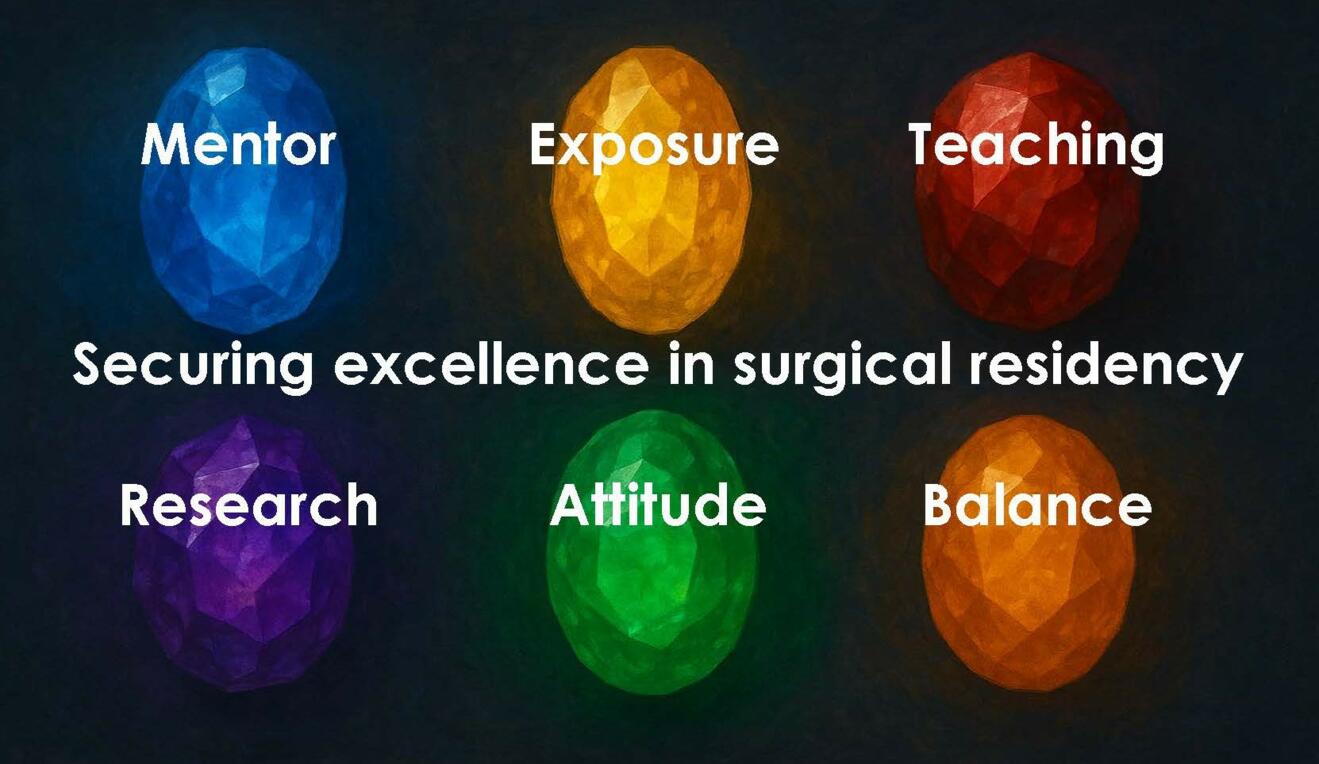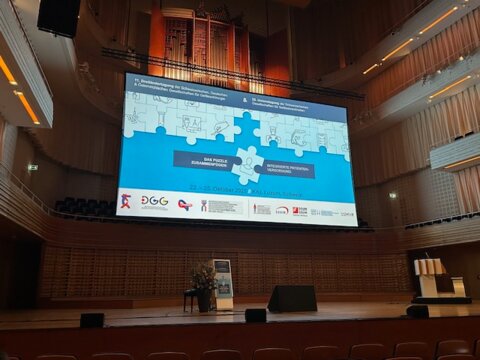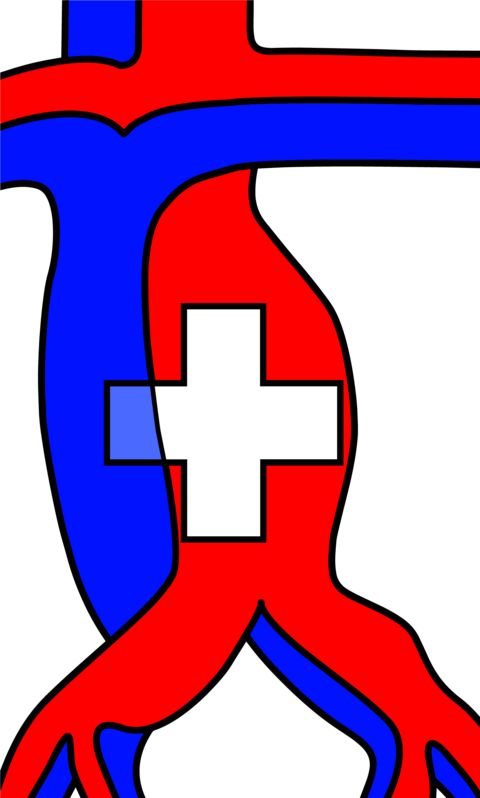This article compiles the summaries of the presentations during the session "Guardians of the Scalpel – Securing Excellence in Surgical Residency" at the SCS Congress. Each section includes the title and full author name as presented during the event. All texts were written and submitted by the respective authors themselves.
Securing Surgical Exposure
Author: Pascal Probst (pascal.probst@stgag.ch)
Surgical training depends on operative exposure. Case numbers are not abstract metrics - they are the foundation of surgical development. Competence arises not from observation, but from doing. Every operation is both test and opportunity.
Yet such opportunities are vanishing. Administrative burdens and efficiency pressures reduce hands-on learning, shrinking the case pool with direct consequences for training quality. Moreover, robotic systems bring new challenges. Senior surgeons face their own learning curves, often reclaiming training cases. Understandable - but it risks sidelining the next generation.
Excellence is not a fixed state, but a process. It requires planning, feedback, and the conscious creation of learning moments. Good training is never accidental. Securing surgical exposure is not a technical issue - it is a cultural one. Anyone striving for surgical excellence must prioritize operative training - starting now!
How to teach in surgery
Author: Phaedra Müller (phaedra.mueller@ksw.ch)
Teaching surgery is a complex process. Intraoperative teaching is historically based on the principle of “see one, do one, teach one”, a concept developed by Sir William Halsted, a known and famous US-surgeon in the first decade of the 20th century.
As challenges in surgery have augmented during time in many ways (working hour restrictions, technical advances) there is need for a more structured way of teaching. To learn teaching techniques is crucial. The aim is to use principles of teaching adults, not children. Of note is, that most of our knowledge on intraoperative teaching relies on models.
The most used model is the BID model, shortcut for Briefing-intraoperative teaching-debriefing model. This model establishes a relationship between learner and supervisor and creates a foundation for effective teaching.
The briefing part is meant to define together the learning points of the procedure. Ideally this is done shortly before the intervention, has a duration of some minutes, for example during scrubbing. The resident should have the theoretical knowledge of the procedure, the supervisor should be familiar with the level of skills of the resident.
For the intraoperative teaching various strategies exist. To structure intraoperative teaching is probably the most complex part of the BID model and contains technical aspects as well as decision making aspects. Of note is the fact, that there is a significant disparity in perception between teacher and learner of how effective the surgical teaching is.
Debriefing is important, has an impact and contains reflection, reinforcement and correction. Ideally the debriefing follows shortly after the intervention.
A further aspect of teaching surgery which is becoming more important are teaching cases from resident to resident. These teaching cases are already implemented for example in the US, in Switzerland they are not yet very common.
Is research exposure necessary for a surgeon
Author: Lilian Salm (lilian.salm@insel.ch)
In a rapidly evolving environment such as surgery, clinical practice must be driven by reliable evidence and innovation. To explore whether research exposure is necessary for a surgeon, an AI tool was consulted, which found that although it's not strictly required, it is becoming increasingly valuable and relevant in modern surgical practice. A follow-up survey conducted in a university and regional hospital showed that over 93% of respondents supported research exposure for surgeons. Research exposure - ranging from understanding study design and methodology to active participation in clinical, translational or basic research projects - fosters analytical thinking and challenges surgeons to question routine practices. It enables surgeons to critically assess protocols, apply evidence-based solutions, and interpret data within a hypothesis-driven framework. This mindset drives innovation, as seen in paradigm shifts such as minimally invasive techniques, the ERAS protocol, and robotic-assisted surgery. Research engagement is also closely tied to academic advancement and leadership development, offering a foundation for teaching, mentorship, and strategic decision-making. Importantly, surgeons involved in research contribute to improved patient outcomes through adherence to evidence-based care and continuous quality improvement. Research experience also supports the ability to mentor trainees effectively and to lead projects. While not all surgeons will pursue a research career, exposure to research plays an essential role for cultivating a reflective, adaptive, and future-ready surgical workforce.
Have surgeons and surgical resident specific personality traits?
Author: Christian Toso (christian.toso@hug.ch)
A patient in need of a surgery places a high trust in his surgeon. This unique episode can change his life forever. Vice versa, the surgeon must deliver a perfect technical performance and be close to the patient to provide an appropriate support but detached enough to remain emotionally unbiased. Considering this unique relationship, one can wonder whether surgeons have specific personality traits, and whether student interested by surgery should have similar traits.
Studies have used the Big Five Inventory, a self-assessment questionnaire defining personality traits into:
– Extraversion: active individuals, comfortable in social situations
– Conscientiousness: individuals wanting to perform tasks with high standards, highly organised, efficient
– Agreeableness: altruistic individuals, co-operative, sympathetic to others
– Openness: individuals with artistic and imaginative capability
– Neuroticism: individuals that are emotionally unstable with high levels of anxiety/depression
Surgeons rank higher than matched controls from the general population in all categories, but lower in neuroticism. Studies further show that surgeons have personality traits differing from other medical specialists. Surgeons appear less stressed out (less neuroticism) and with a higher desire to complete tasks efficiently and with good organization (more conscientiousness). They also show higher levels of resilience.
Students interested by surgery and surgical residents demonstrate similar personality traits. This could suggest that surgeons are defined by nature more than trained to reach a specific personality profile. However, no data currently supports a personality-based selection to enter surgical residency. At most, a better capture of the candidate’s personality could be used as an added tool. Among others, recruitment committees may have a more in-depth exchange with individuals showing more neuroticism.
Beyond the personality, many other factors define a successful resident, including the clinical competence, the cognitive ability, the technical skills, and the ability to communicate and work in a team. Recruiting new residents should remain a multifactorial process.
What about work life balance
Author: Diana Mattiello (Diana.Mattiello@spital-limmattal.ch)
Work-life balance is a perception-centered approach and a holistic concept that reflects the individual’s subjective feelings about how they maintain a balance between careers demands and family life keeping in view their values, priorities, and goals.
It is about integrating work and private life and harmonizing them as well as possible. Even if the word “balance” suggests it, the two areas do not necessarily have to be prioritized equally.
– What can we do? Strategies for Achieving Work-Life Balance
– Pause and Evaluate: reflect on current work-life Situation
– Asses Priorities: identify what truly matters to you
– Manage Time: review your schedule and find ways to better manage your time
Expanding the concept of work-life balance to WORK-LIFE INTEGRATION. A newer concept that blends personal and professional responsibilities more seamlessly. No longer a scale with two sides but a series of interconnected domains. Work is just one part of life.









